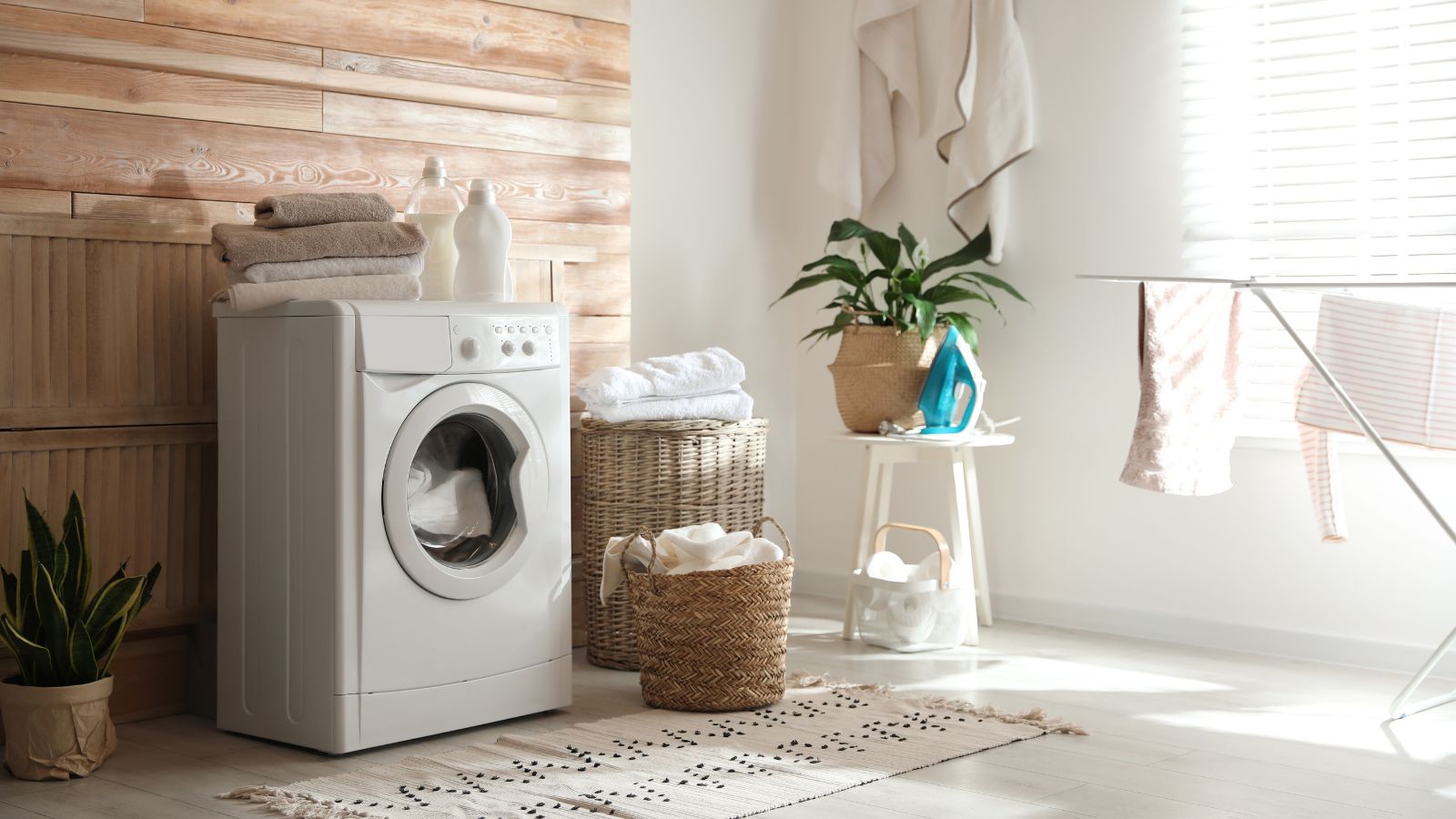
As a cleaning and laundry care expert, one common question I hear is, 'Do I really need fabric softener?' The answer might surprise you.
While fabric softeners have long been marketed as essential for keeping clothes soft and fresh, the truth is that they come with a host of downsides – machine buildup that traps bacteria and odors, reduced absorbency in towels, and even potential skin irritation from artificial fragrances and chemicals.
Among my favorite laundry tips, however, are natural fabric softener alternatives that work just as well, if not better. If you've been considering making the switch, here’s my expert take on the best substitutes and how to use them effectively.
My top 5 fabric softener alternatives
1. White vinegar
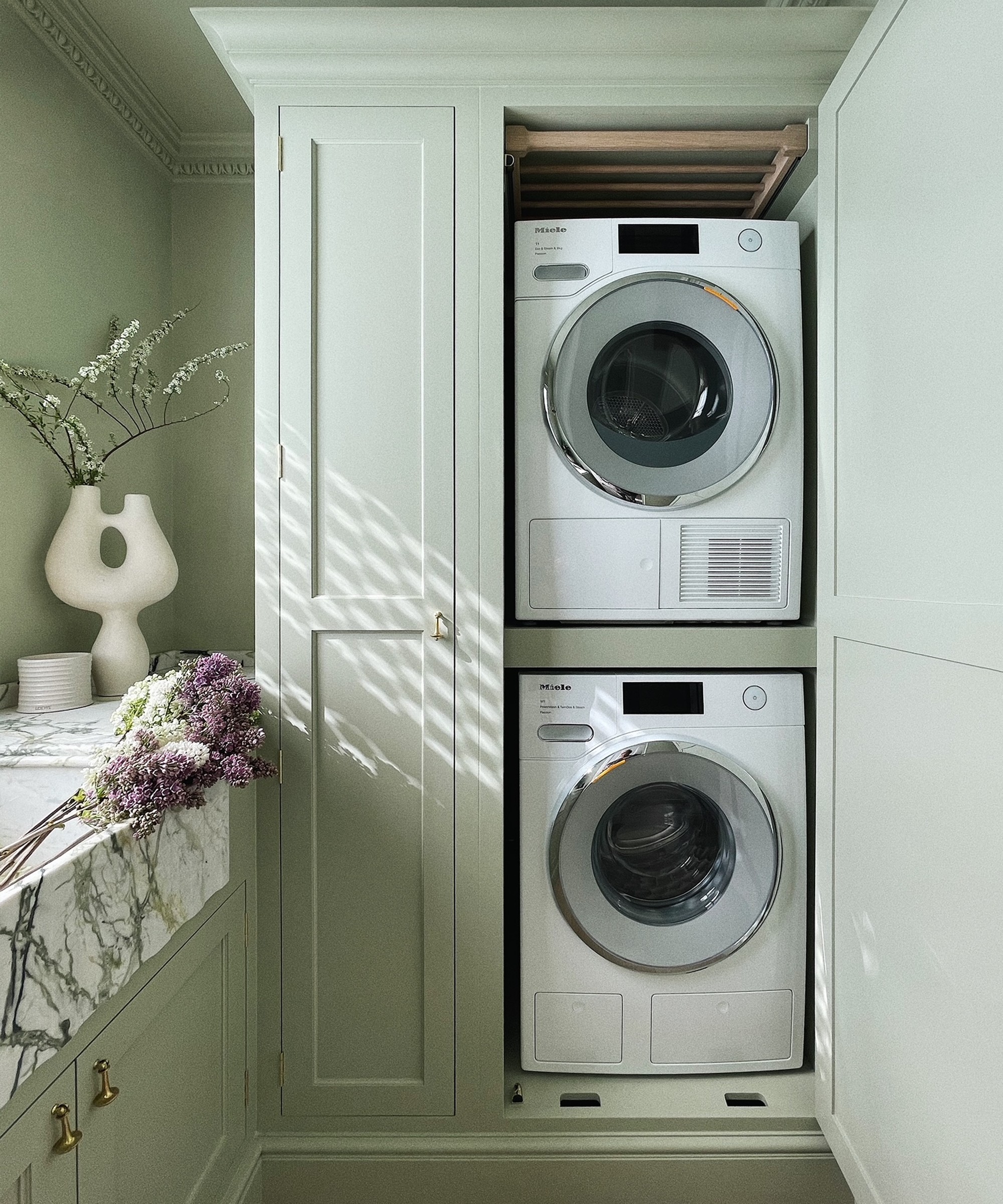
One of the most effective and well-tested alternatives to fabric softener is white vinegar. It works by breaking down detergent residue that can buildup on your laundry and make them feel stiff or less absorbent over time.
A half-cup of vinegar added to your fabric softener compartment during the rinse cycle helps to naturally soften fabrics, neutralize odors, and even prevent static.
Despite its strong initial smell, white vinegar rinses out completely, leaving no lingering scent. However, while you can absolutely wash towels with vinegar, avoid using it on delicate fabrics such as silk and acetate, as the acidity can be too harsh.
For the best results, use a high-purity option like Heinz Cleaning Vinegar, which is designed for household use. Great Value Distilled White Vinegar, available at Walmart, is an eco-friendly alternative that restores that 'newly-bought' feel without compromising on softness or resorting to harsh chemicals.
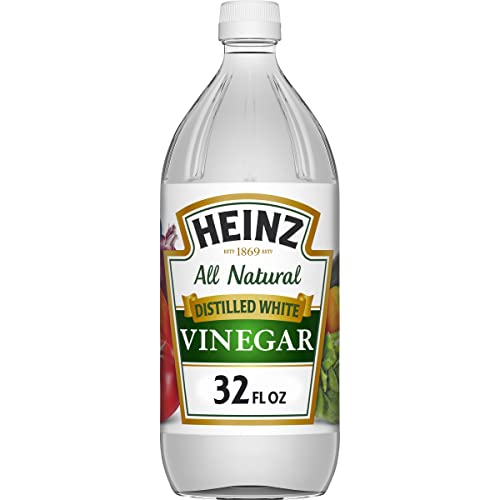
This trusted brand is my 'go-to' for cleaning vinegar. It's made from select, sun-ripened grain, diluted to a strength of 5% acidity, and comes in a range of sizes from 16 to 169 fluid ounces.
2. Wool dryer balls
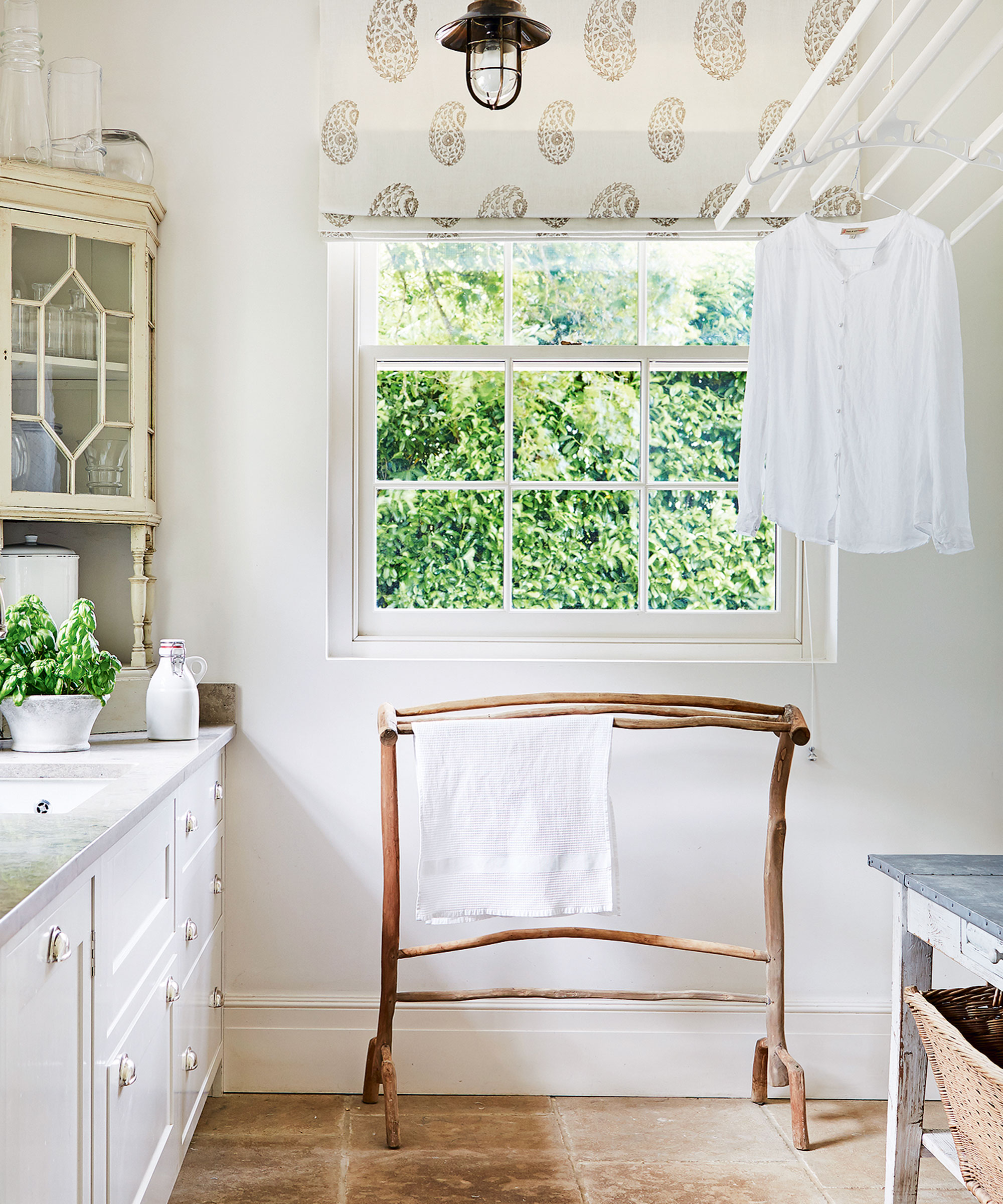
A more permanent solution to fabric softeners and chemical-laden dryer sheets are wool dryer balls. These cheap and effective items that you pop in with each load of laundry help improve airflow in the dryer, and reduce static while naturally softening clothes. It's a laundry hack that will save you time, too as they will dry quicker with the gentle manual agitation.
Unlike dryer sheets, which coat your fabrics in a thin layer of chemical residue, wool dryer balls work by physically agitating the fibers. Simply toss three to six balls into your dryer with your laundry, allowing them to move freely.
To add a pleasant scent, you can apply a few drops of your favorite essential oil to the balls. Just be sure not to overload the dryer, as this can hinder airflow, lessen their effectiveness, and result in your dryer leaking water.
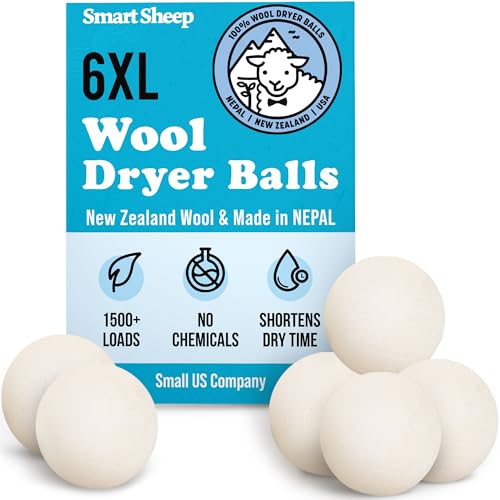
For a reliable option, I recommend these dryer balls, which are made from 100% wool and designed for long-term use. They're safe for use around children and also come in rainbow, puppy, or penguin designs for a bit of color and fun.
3. Epsom salt

Epsom salt is not just for baths – it’s also an excellent natural fabric softener. The magnesium sulfate in Epsom salt helps relax fabric fibers, reducing stiffness without leaving a residue behind.
Simply add between a quarter and half a cup to the washing machine during the rinse cycle to achieve softer laundry. It works exceptionally well for heavy fabrics like towels and bed linens, keeping them soft and fresh.
However, be aware that bedding and towels are among the things you should never wash together. For peace of mind, always check the laundry symbols before popping any mixed fabrics into your machine.
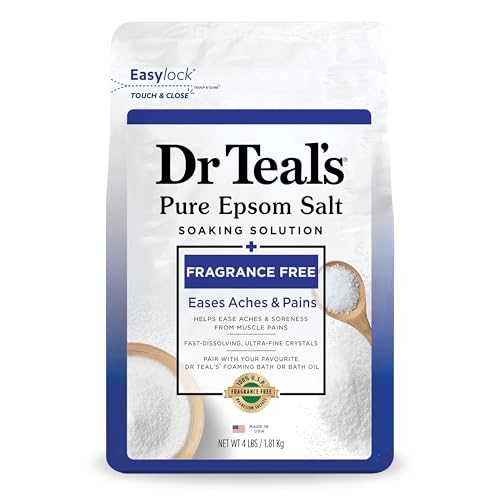
Once your done using this for laundry, you can use it in the bath. This high-quality, unscented option is made with pharmacy-grade magnesium sulfate to help ease muscle aches and pains and dissolves quickly.
4. Cornstarch
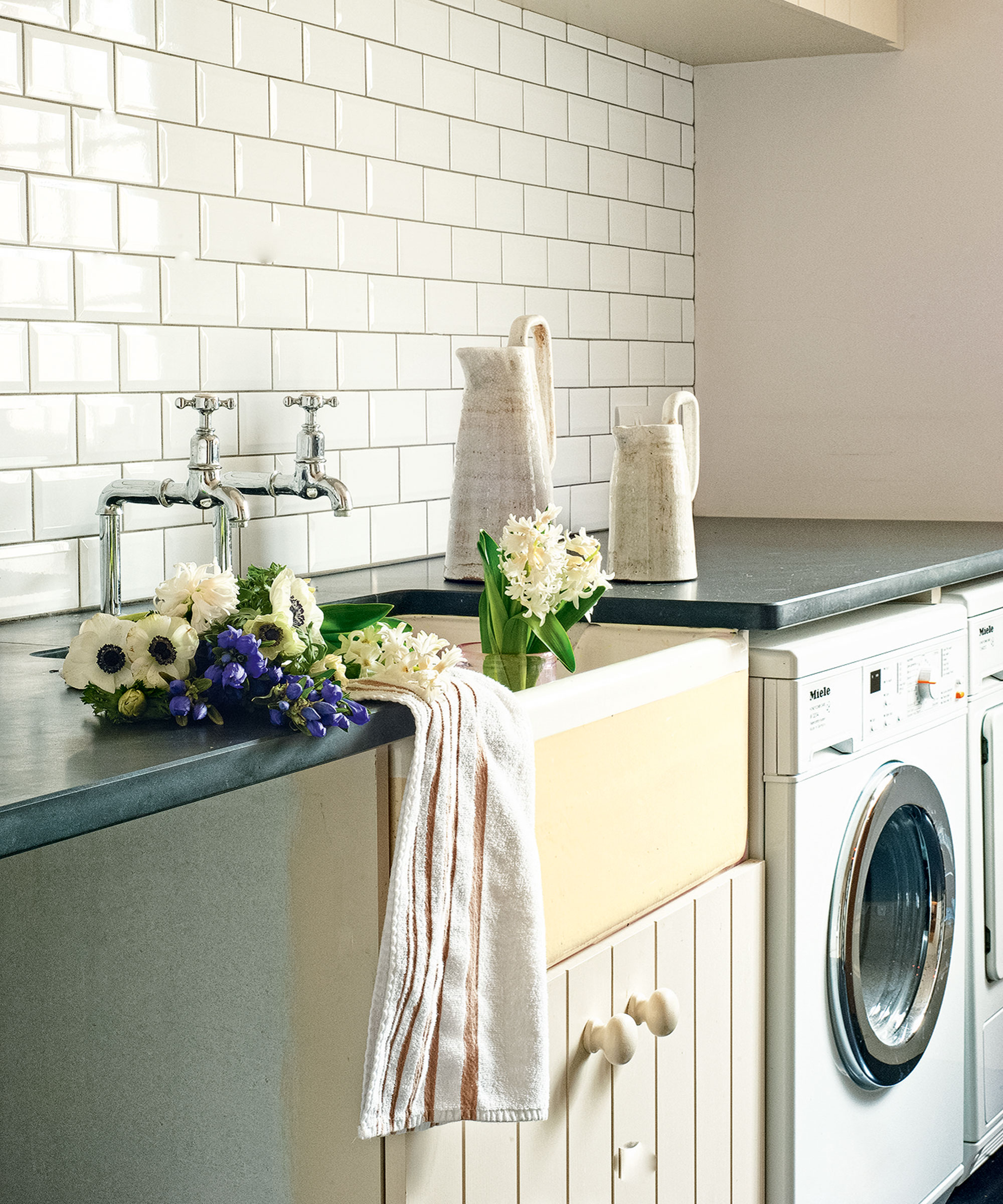
Cornstarch is another effective and affordable natural softener that works by coating fabric fibers and preventing static cling without any synthetic chemicals. This makes it particularly beneficial for delicate fabrics that can feel rough after washing.
One of the simple ways to use cornstarch is to mix a tablespoon of it with two cups of water, shake well, and add it to the rinse cycle. It’s important to ensure the cornstarch is fully dissolved before adding it to the wash, as undissolved particles can leave residue on darker fabrics.
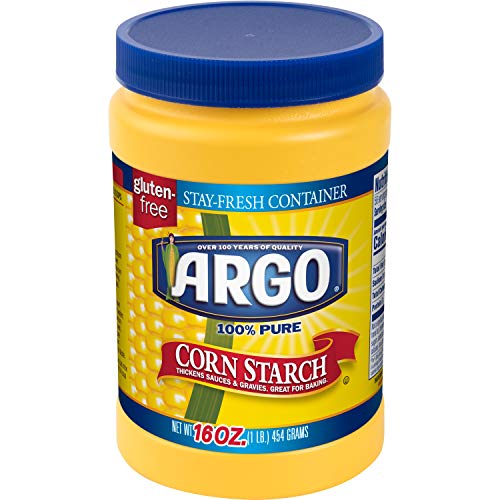
I highly recommend this cornstarch as it dissolves easily and doesn’t leave any white streaks behind. It’s a fantastic way to achieve softness without compromising the texture or breathability of your clothes.
5. Baking soda

Baking soda is a powerhouse ingredient that does more than just neutralize kitchen odors and naturally deodorize. It helps regulate the pH balance of your wash, preventing detergent buildup that can make clothes feel stiff.
A simple half-cup of baking soda added to the wash cycle can keep fabrics soft and fresh. For especially stiff clothes, pre-soaking in a mix of four tablespoons of baking soda and a gallon of warm water for 30 minutes before washing can help loosen fabric fibers and break down detergent residue.
I mentioned earlier that you should ideally avoid using fabric softener on towels. Well, like vinegar, baking soda is particularly effective for washing towels, as well as baby clothes, because it softens without leaving behind any coating that could reduce absorbency.
However, it’s important not to mix baking soda with vinegar in the same cycle, as they can cancel each other out.
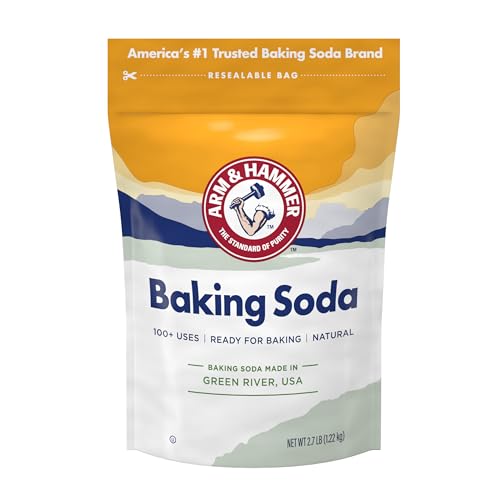
For a high-quality option, I recommend Arm and Hammer's baking soda as an affordable and effective choice for laundry care. Made in Wyoming, it's manufactured with a focus on using locally-sourced ingredients, renewable electricity, and water from the Green River Basin.
Meet the expert
FAQs
How can I prevent static without using dryer sheets?
Removing static from your clothing starts with understanding where it comes from. Static is often caused by over-drying clothes, so the first step is to remove laundry from the dryer as soon as it’s dry.
Wool dryer balls help reduce static naturally, and adding a damp washcloth to the dryer in the last few minutes of the cycle can also help.
If static is a persistent issue, consider using white vinegar in the rinse cycle. As I mentioned earlier, it helps prevent static cling by balancing fabric pH.
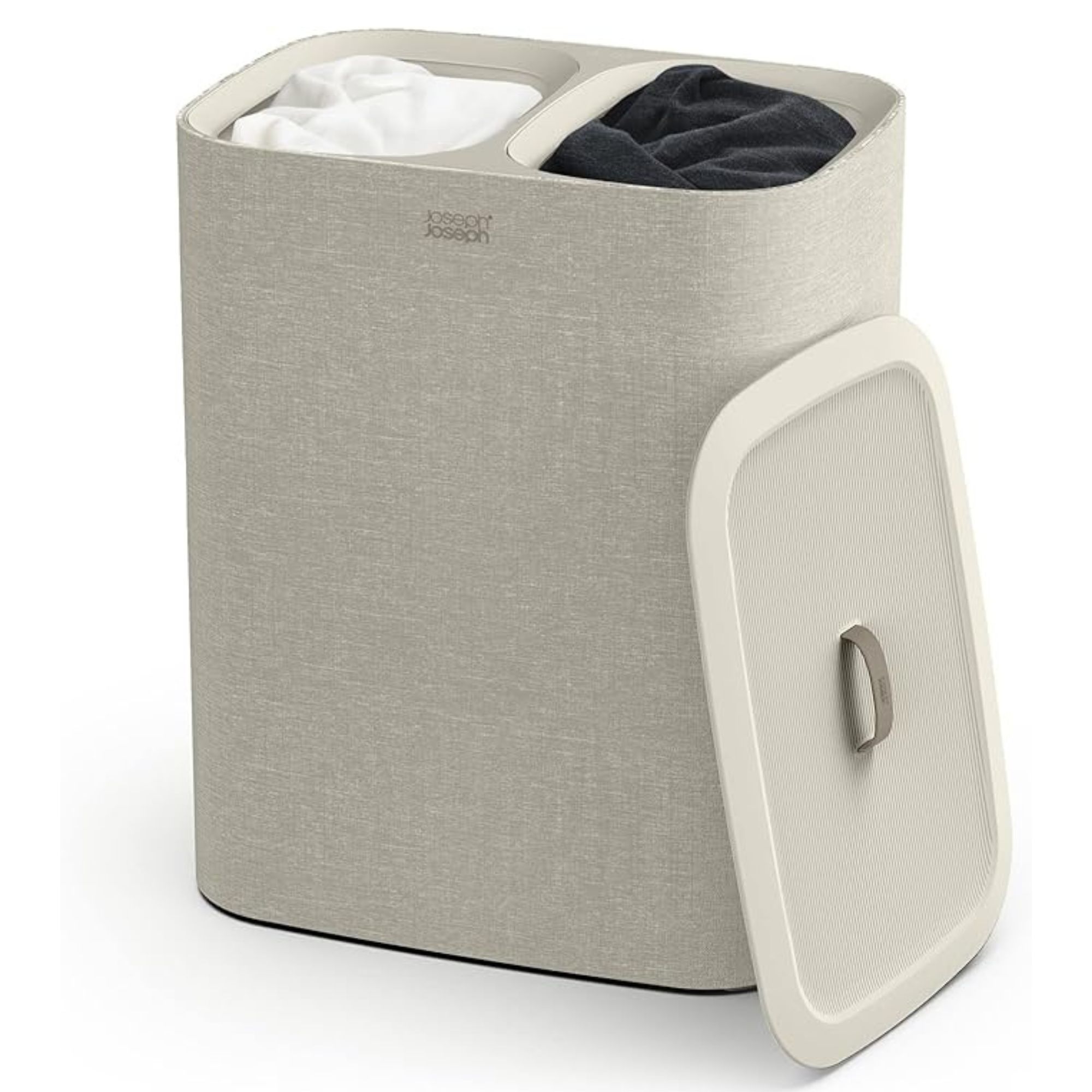
Punteha van Terheyden, Head of Solved, previously struggled to sort laundry, but says this Joseph Joseph organizer made it painless. You can opt for two or three compartments and your favorite of four color options.
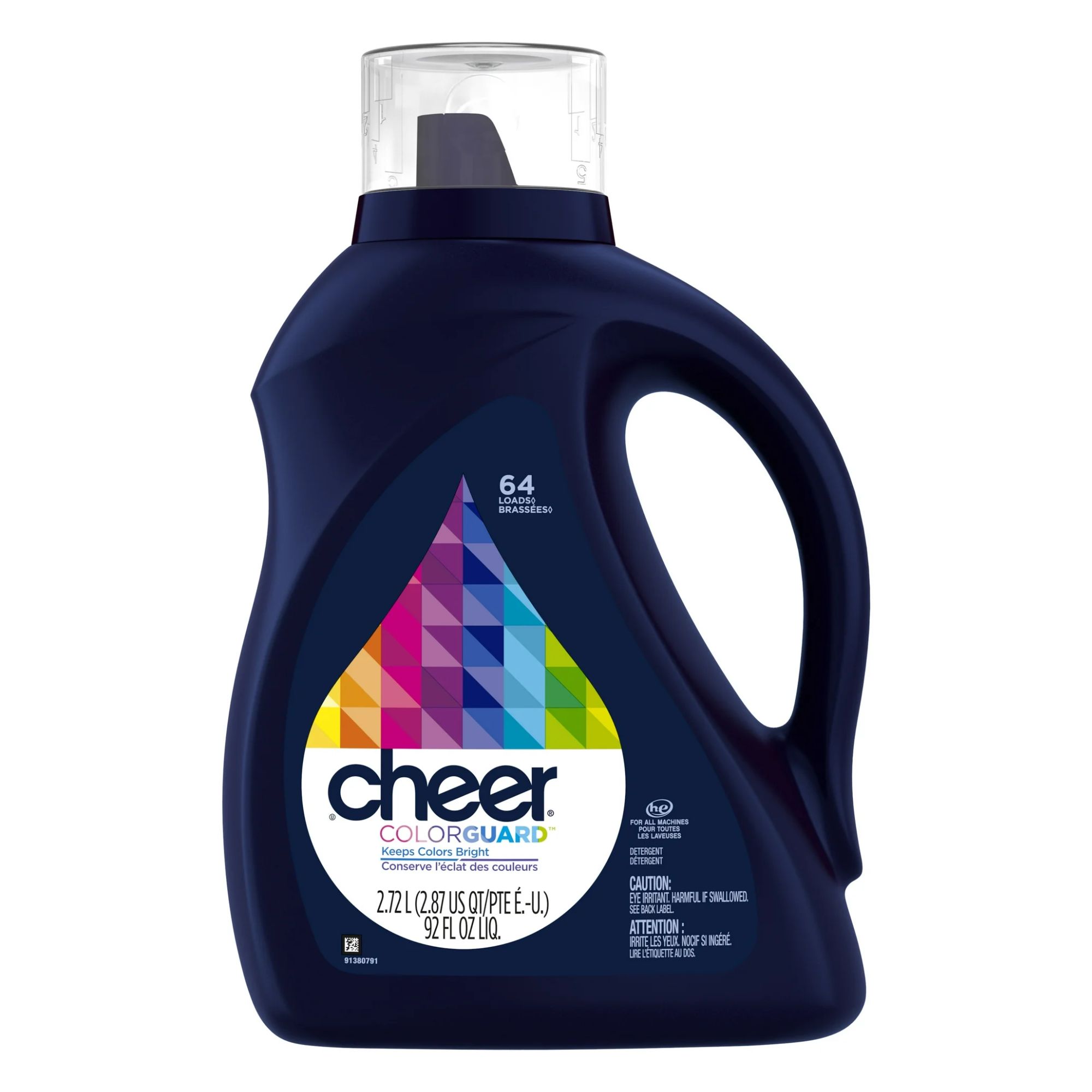
With a fresh, clean scent, this laundry detergent fights fading and pilling, even on brightly colored clothing. One bottle can support more than 60 loads, and it's formulated for use in all types of machine.
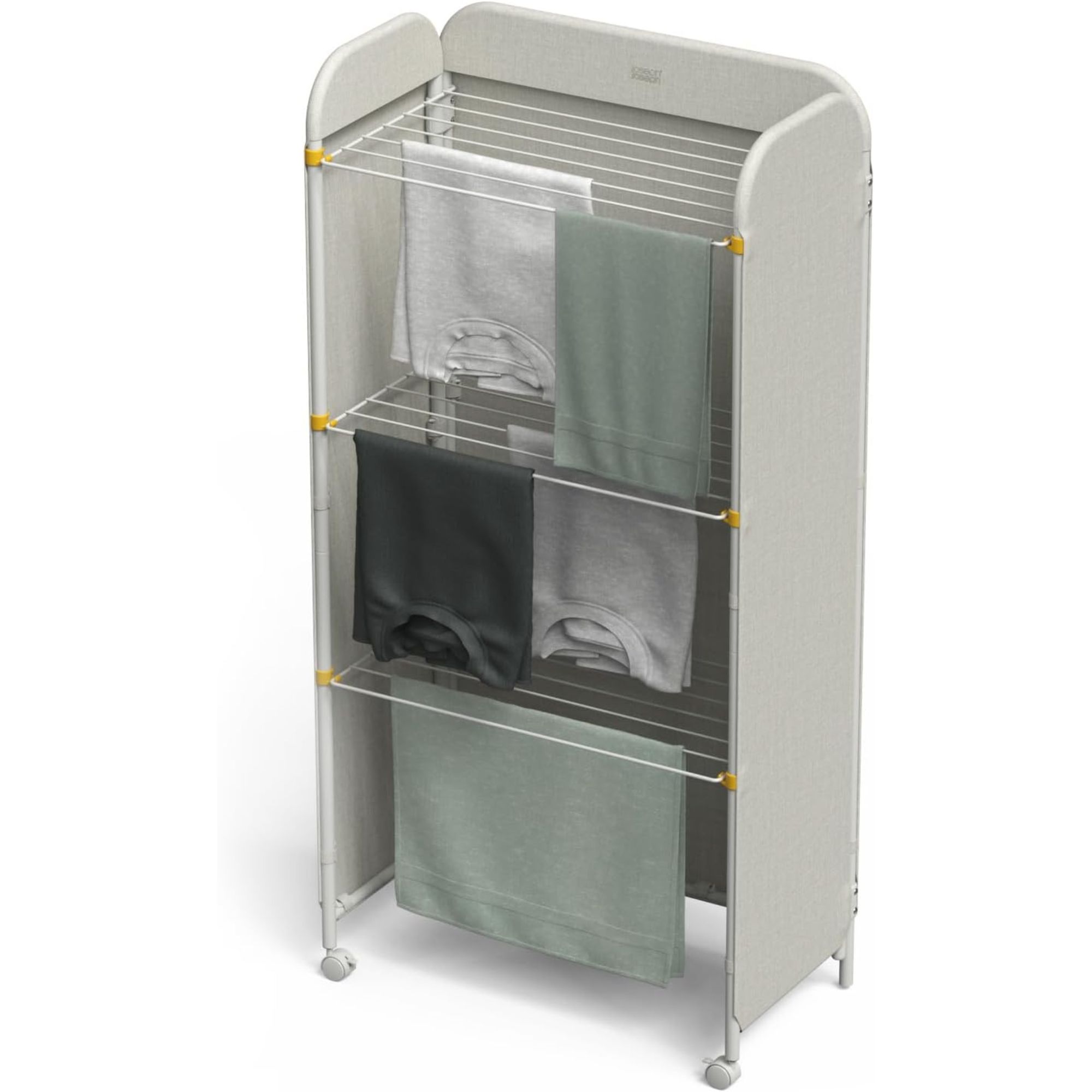
With a 14-meter drying capacity, and lockable wheels for easy portability, this Joseph Joseph Eclipse indoor clothes airer is perfect for tiny spaces, keeping your laundry discreet, and folding up when not in use.
So there it is – my guide to why it might be time to ditch your fabric softener, and the natural methods you can use instead.
While fabric softener may seem like a laundry essential, the truth is that it can do more harm than good over time. From residue buildup to reduced absorbency and potential skin irritation, the cons outweigh the pros. So give one (or all) of my alternatives a try – you may never look back!
If after reading all this, you still want to use it, knowing how to use fabric softener in laundry is key to ensuring the best care of your clothing.







